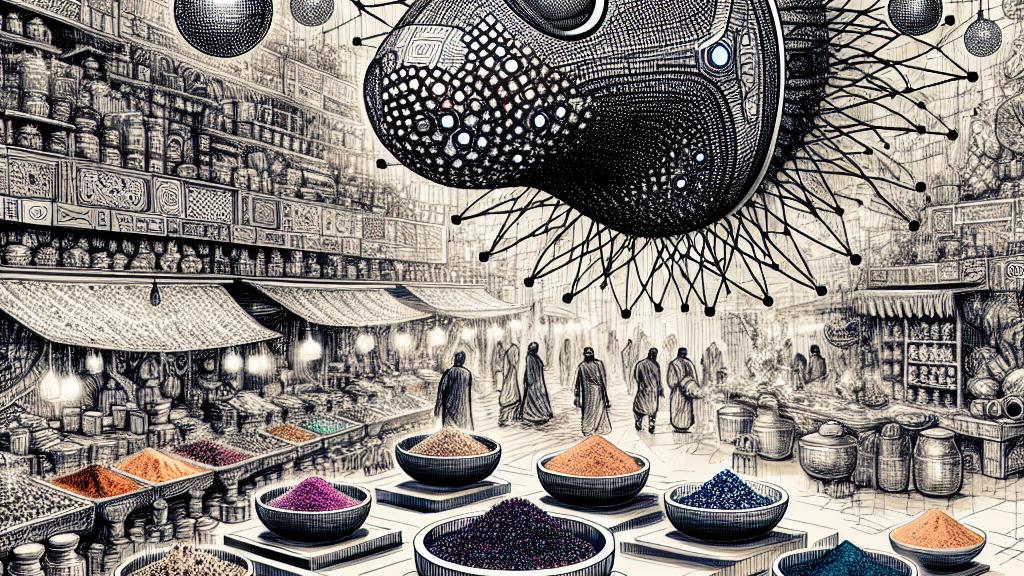Improving Smell Detection with New Technology
Overview
- Reveals groundbreaking advancements in odor detection technologies.
- Examines the extraordinary blend of nature-inspired designs with cutting-edge engineering.
- Discusses the vast applications across safety, health diagnostics, and environmental monitoring.

Pioneering Innovations in Odor Detection
In recent years, the field of odor detection has exploded with incredible advancements, particularly in the United States. Researchers aren’t merely making improvements; they're pioneering sophisticated systems that beautifully replicate how our noses work. For example, high-density sensor arrays function like networks of tiny electronic noses, adapting to different scents just as quickly as our brains do. One particularly fascinating innovation is the multiparametric sigmoidal sensor activation, which allows these systems to detect a wide spectrum of volatile compounds with remarkable precision. Imagine walking through a vibrant spice bazaar, and having a device capable of identifying every individual scent in the air—now that's an exciting glimpse into the future of smell technology!
Canines: The Unsung Heroes of Safety
As we marvel at these technological feats, let’s take a moment to appreciate our canine companions, whose contributions to safety are nothing short of heroic. In the U.S., the National Odor Recognition Test (NORT) plays a vital role in training police and military dogs, fine-tuning their extraordinary olfactory skills to detect explosives and hazardous substances. This dynamic three-day event isn’t just a test; it’s an opportunity for teamwork and excellence where canine teams learn innovative techniques from the best in the field. Consider the fact that while a machine may quickly identify a scent, dogs possess an innate ability to forge connections between sights and smells, reminding us of the beautiful synergy that exists between technology and nature in enhancing our safety measures.
Decoding the Brain’s Smell Mechanism
Moreover, diving deeper into how our brains capture and interpret scents reveals a truly captivating story. Scientific studies indicate that specific brain regions activate dramatically when we successfully identify an odor. This fascinating discovery underscores the intricacy of our olfactory system and opens the door for avanced tech that mimics these natural processes. By creating odor detection systems rooted in our brain's biological responses, we can potentially revolutionize critical areas such as health diagnostics and environmental monitoring. It’s as if we are unlocking a treasure chest filled with possibilities, where enhancing our understanding of how we perceive smells could lead to smarter detection systems, making our world a more connected and enriched place. In essence, the blend of biological ingenuity with technological innovations is not just enhancing machines; it’s transforming our perception and interaction with the surrounding world.

Loading...